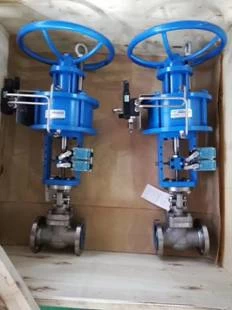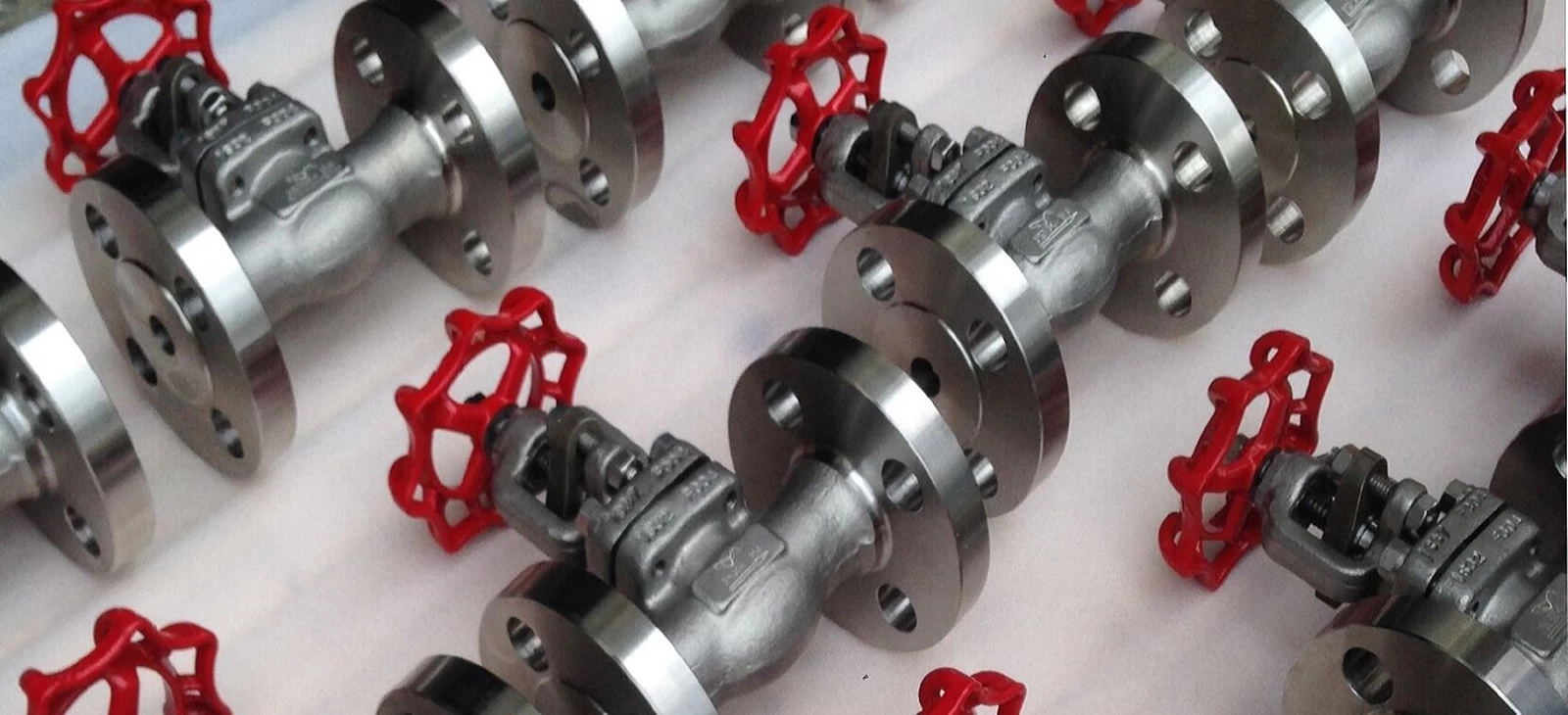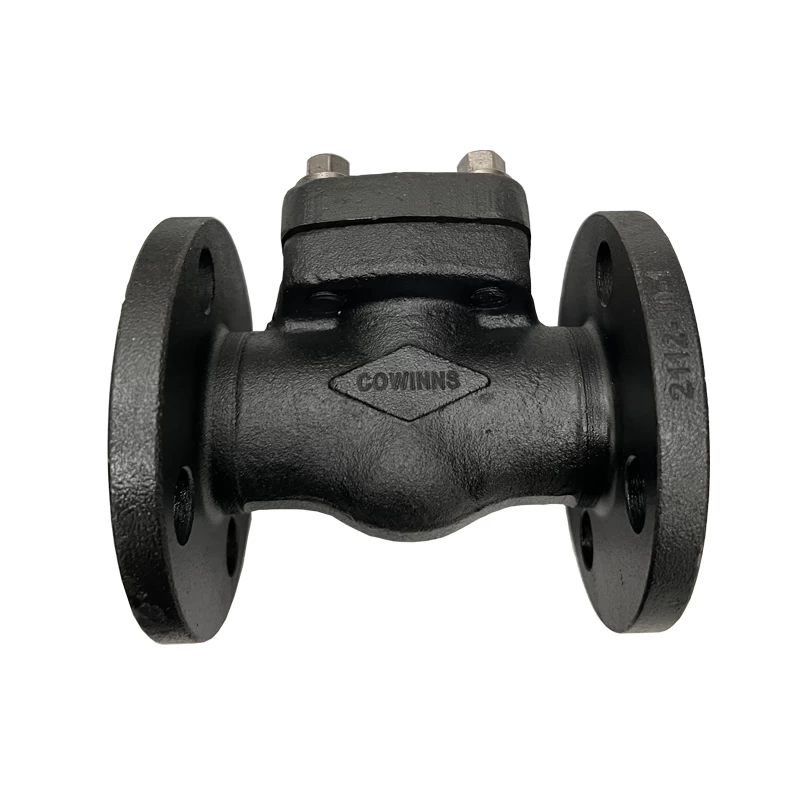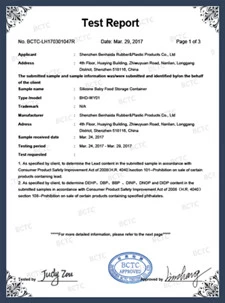Selection of pipeline valves and setting of pipeline valves
(1) Selection and location of pipeline valves, selection principles of valves used in water supply pipelines
1. When the pipe diameter is not greater than 50mm, a globe valve should be used; when the pipe diameter is greater than 50mm, a gate valve and a butterfly valve are used
2. The flow rate needs to be adjusted. When the water pressure is used, a regulating valve and a termination valve should be used.
3. The gate valve should be used for the parts with small water flow resistance (such as the pump suction pipe)
4. Gate valves and butterfly valves should be used on the pipe sections where the water flow needs to flow in both directions, and stop valves should not be used
5. Butterfly valve and ball valve should be used in the small installation space
6. On the pipeline section that is frequently opened and closed, the termination valve should be used
7. Multifunctional valve should be used on the outlet pipe of the caliber damped pump


(2) Valve installation position on water supply pipeline
1. The water supply pipeline in the residential area is from the dating pipeline section of the municipal water supply pipeline.
2. The upstream of the spiral pipe network above the residential area should be set according to the requirements of separation. When the length of epoxy resin pipe is too long, it is advisable to install a segmented valve
3. The beginning of the branch pipe or the household pipe connected from the main water supply pipe in the residential area
4. Inlet pipe, water meter and branch risers (bottom of riser, upper and lower ends of vertical circular pipe network riser)
5. The branch pipe of the quartz pipe network and the connecting pipe through the branch pipe network
6. The beginning of the water distribution pipe from the indoor water supply pipe to the residents and public toilets, and the water distribution point on the water distribution branch pipe is set when there are 3 or more
7. Outlet pipe of water pump, suction pump of self-priming water pump
8. The inlet and outlet pipes and drain pipes of the water tank
9. Equipment (such as heaters, cooling towers, etc.) inlet water make up pipe
10.Water distribution pipes for sanitary appliances (such as large and small urinals, washbasins, showers, etc.)
11. Some accessories, such as automatic exhaust valve, pressure relief valve, water hammer eliminator, pressure gauge, sprinkler, etc., front and back of pressure relief valve and backflow preventer, etc.
12. The lowest part of the water supply network should be equipped with a drain valve
(3) Selection of check valve
The check valve should generally be selected according to its installation location, water pressure in front of the valve, sealing performance requirements after closing and the size of the water hammer caused when closing:
1. When the water pressure in front of the valve is small, swing check, ball check and shuttle check valves should be used.
2. When the sealing performance requirements after closing are strict, it is better to replace the check valve with closing spring
3. When it is required to fold and close the water hammer, it is better to choose quick-closing muffler check valve or slow-closing check valve with damping device
4. The valve break or spool of the check valve should be able to close by itself under the action of gravity or spring force
(4) Check valve for water supply pipeline
On the date tube; on the water inlet pipe of the closed water heater or water equipment; on the water outlet pipe of the water pump; the water tank, water tower, and water pipe section of the highland pool that use the same pipe as the inlet and outlet pipes.
Note: There is no need to install a check valve in the pipe section of the built-in pipeline backflow preventer.
(5) The location of the exhaust pipe of the water supply pipeline
1. The water supply pipe network used intermittently shall be equipped with automatic exhaust valve at the end and the highest point of the pipe network
2. There is a pipe section with obvious undulation and accumulation of air in the water supply pipe network. An automatic exhaust valve or a manual valve has been set at the peak point of the section to exhaust
3. Air pressure water supply device, when using automatic air supply type air pressure water tank, the highest point of its water distribution network should be equipped with an automatic exhaust valve
Advantages and disadvantages of different valves
1. Gate valve

Gate valve refers to a valve whose closing member (gate) moves in the vertical direction of the channel, and is mainly used as a cutting medium in the axial direction, that is, fully open or fully closed. Generally, the gate valve cannot be used to regulate the flow. It can be applied to low temperature pressure or high temperature and pressure, depending on the different materials of the valve. But the gate valve is generally not used in the channel to transport mud and other media
advantage:
① Small fluid resistance;
② The coefficient required for opening and closing is small;
③It can be used on the ring-shaped pipe where the medium flows in two directions, the flow direction of the medium is not restricted;
④When fully open, the erosion of the sealing surface by the working medium is smaller than that of the termination valve;
⑤The shape structure is relatively simple, and the manufacturing process is better;
⑥ The structure length is relatively short.
Disadvantages:
① The external dimensions and opening height are coaxial, and the required installation space is also adjacent;
②During opening and closing, the sealing surface is relatively rubbed, and the friction is broken, and it is easy to cause abrasion even at high temperature;
③General gate valves have two sealing surfaces, which add some difficulties to processing, grinding and maintenance;
④Long opening and closing time.
2. Butterfly valve

Butterfly valve is a kind of valve that uses disc-type opening and closing parts to rotate alternately around 90 ° to open, close and adjust the fluid channel.
advantage:
①Simple structure, small size, light weight, and consumables saving, especially use it in large-diameter valves;
② Quick opening and closing, small flow resistance;
③ It can be used for medium with suspended solid particles, and it can also be used for powder and granular media according to the strength of the sealing surface. It can be applied to the mutual opening and closing and adjustment of ventilation and dust removal methods, and is widely used in gas pipelines and water channels in metallurgy, light industry, electric power, and petrochemical systems. Triple offset butterfly valve design for many different industry such as drink-able water, chemical plant etc.
Disadvantages:
① The flow adjustment range is not large, when the opening reaches 30%, the flow will enter more than 95%;
②Due to the limitation of butterfly valve structure and sealing material, it is not suitable for high temperature and high pressure piping system. The general working temperature is below 300 ℃ and below PN40;
③Compared with the ball valve, the sealing performance is poor, so it is used in places where the sealing requirements are not very high.
3. Ball valve

The ball valve is evolved from the plug valve. Its opening and closing part is a ball. The ball is rotated 90 ° around the valve stem to achieve the purpose of opening and closing. The ball valve is mainly used to cut off, distribute and change the flow direction of the medium on the pipeline. The ball valve designed as a V-shaped opening also has a good flow adjustment function.
advantage:
① Has the lowest flow resistance (actually 0);
②Because it will not get stuck during work (when there is no pressure), it can reliably crush the porous medium and low-boiling liquid;
③ Within the pressure and temperature range of the crack, a complete seal can be achieved;
④ Quick opening and closing can be achieved. The opening and closing time of some structures is only 0.05 ~ 0.1s to ensure that it can be used as an automatic system for the test bench. When opening and closing the valve quickly, the operation has no impact;
⑤The spherical closing piece can be automatically positioned at the boundary position;
⑥ The working medium is reliably sealed on both sides;
⑦When fully open and fully closed, the sealing surfaces of the ball and the valve seat are isolated from the medium, so the medium passing through the valve at high speed will not cause corrosion of the sealing surface;
⑧Compact structure and light weight, it can be considered as the most reasonable valve structure of low temperature medium system;
⑨The valve body is symmetrical, especially the welded valve body structure, can well withstand the stress from the pipeline;
⑩The ball valve with fully welded body can be buried directly underground, so that the internal parts of the valve will not be eroded, and it can be up to 30 years.
Disadvantages:
①Because the main seat sealing material of ball valve is PTFE, it is inert to almost all chemical substances, and has a small friction coefficient, stable performance, not easy to age, wide temperature range and excellent sealing performance Therefore, when sealing materials, the physical characteristics of PTFE, including higher expansion coefficient, sensitivity to cold flow and poor heat exchange, require the design of valve seat seals to be carried out around these characteristics. Moreover, the temperature resistance level of PTFE allows, can only be used in the case of less than 180 ℃. Above this temperature, the sealing material will increase. When considering long-term use, it is generally not used at 120 ℃. And metal to metal seated butterfly valve can be designed for high temperature.
② Its regulating performance is worse than the globe valve, especially the pneumatic valve (or electric valve).
4. Globe valve

Refers to a valve in which the closing member (valve) moves along the center line of the valve seat. According to this form of movement of the valve flap, the change of the valve seat port is directly proportional to the stroke of the valve flap. Because the opening or closing stroke of the valve stem of this type of valve is relatively relative, and has a very reliable cut-off function, and because the change of the valve seat port is proportional to the stroke of the valve flap, it is very suitable for regulating the flow. Therefore, this type of valve is very suitable for shut-off or adjustment and throttling.
advantage:
①During opening and closing, the friction force between the disc and the sealing surface of the valve body is smaller than that of the gate valve, so it is wear-resistant.
② The opening height is generally only 1/4 of the valve seat channel, so it is smaller than the gate valve in series;
③ Usually there is only one sealing surface on the valve body and valve disc, so the manufacturing process is better and it is easy to maintain;
④Because the filler is generally a mixture of asbestos and graphite, the temperature resistance level is higher. Generally, steam valves use termination valves.
Disadvantages:
① Because the flow direction of the medium through the valve has changed, the minimum flow resistance of the final valve is also higher than that of most other types of valves;
② Due to the stroke deviation, the opening speed is slower than the ball valve.
5. Plug valve
It refers to a rotary valve with a helical closing member. By 90 ° rotation, the channel port on the valve plug is communicated or separated with the channel port on the valve body to realize opening or closing. The shape of the valve plug can be such that its principle is basically similar to the ball valve. The ball valve is developed on the basis of the plug valve, which is mainly used for mining, but also for petrochemical industry.
6. Safety valve
Refers to the overpressure protection device on the pressure vessel, equipment or catheter. When the pressure in the equipment, container or conduit rises above the allowable value, the valve automatically opens, and then discharges in full to prevent the equipment, container or pipeline and pressure from continuing to rise; when the pressure decreases to the specified value, the valve should automatically and timely Shut down to protect the safe operation of equipment, containers or pipes.
7. Steam trap
In the transportation of steam, compressed air and other media, some condensate will be formed. In order to ensure the working efficiency and safe operation of the device, these useless and harmful media should be discharged in time to ensure the consumption and use of the device. : ① Can quickly remove the generated condensate; ② Prevent steam injection; ③ Remove air and other non-condensable gases.
8. Pressure reducing valve
It is a valve that adjusts to reduce the inlet pressure to a certain required outlet pressure and annex the energy of the medium itself, so that the outlet pressure automatically maintains a stable value.
9. Check valve

These valves are automatically opened and closed by the force generated by the flow of the medium in the middle, and belong to an automatic valve. The check valve is used to penetrate the system, and its main function is to prevent backflow of the medium, prevent the pump and drive motor from reversing, and discharge the container medium. The check valve or the channel used to supply the auxiliary system whose pressure may rise to exceed the system pressure can be mainly divided into a rotary type (rotating according to the center of gravity) and a lifting type (moving in the axial direction).
 +86 512 68781993
+86 512 68781993 


















